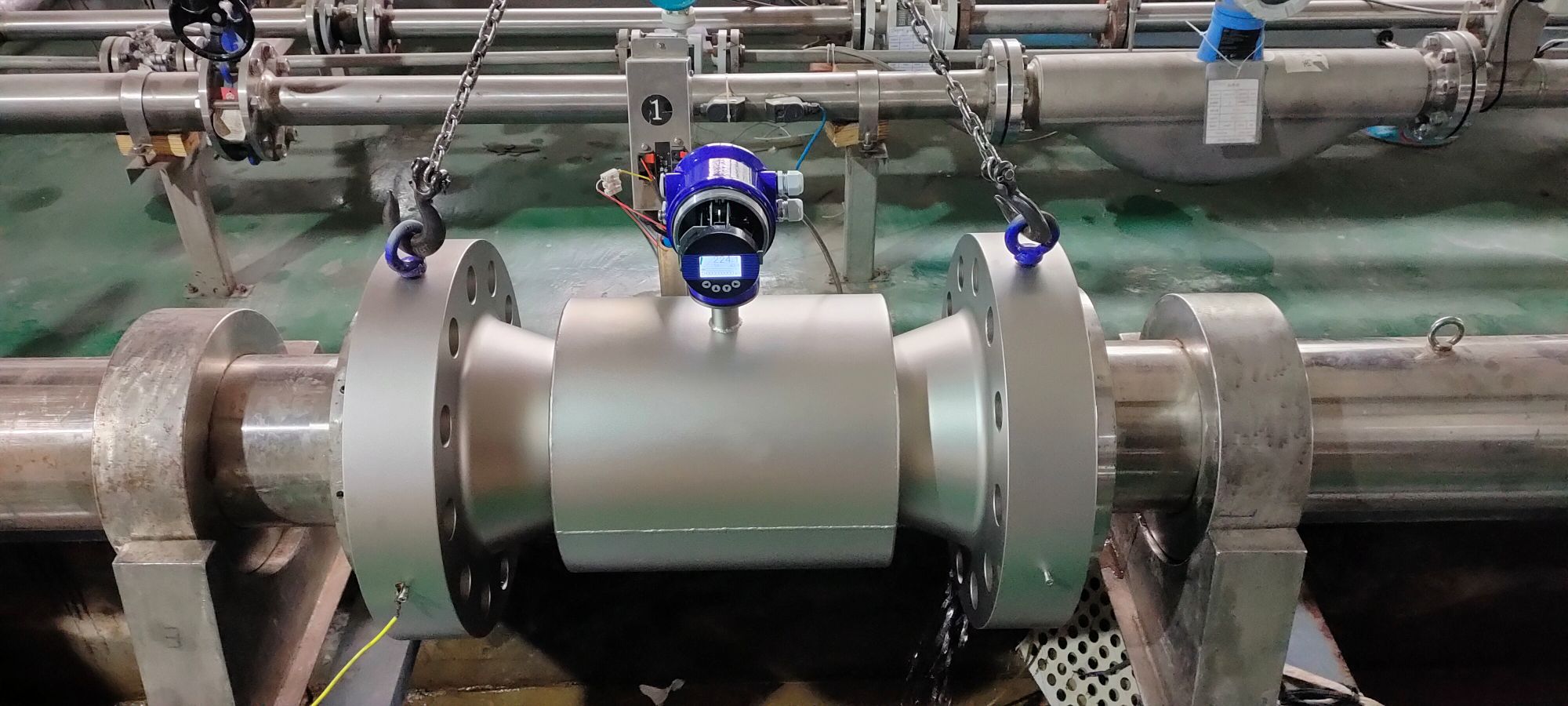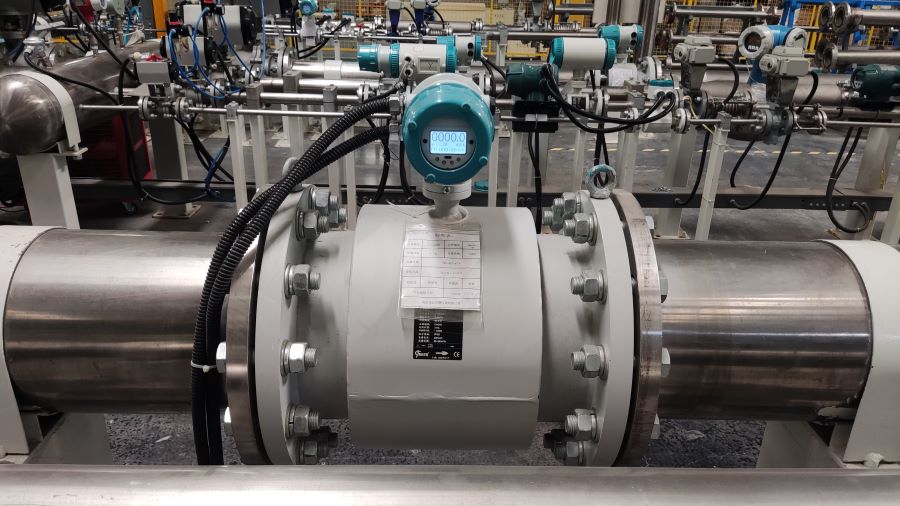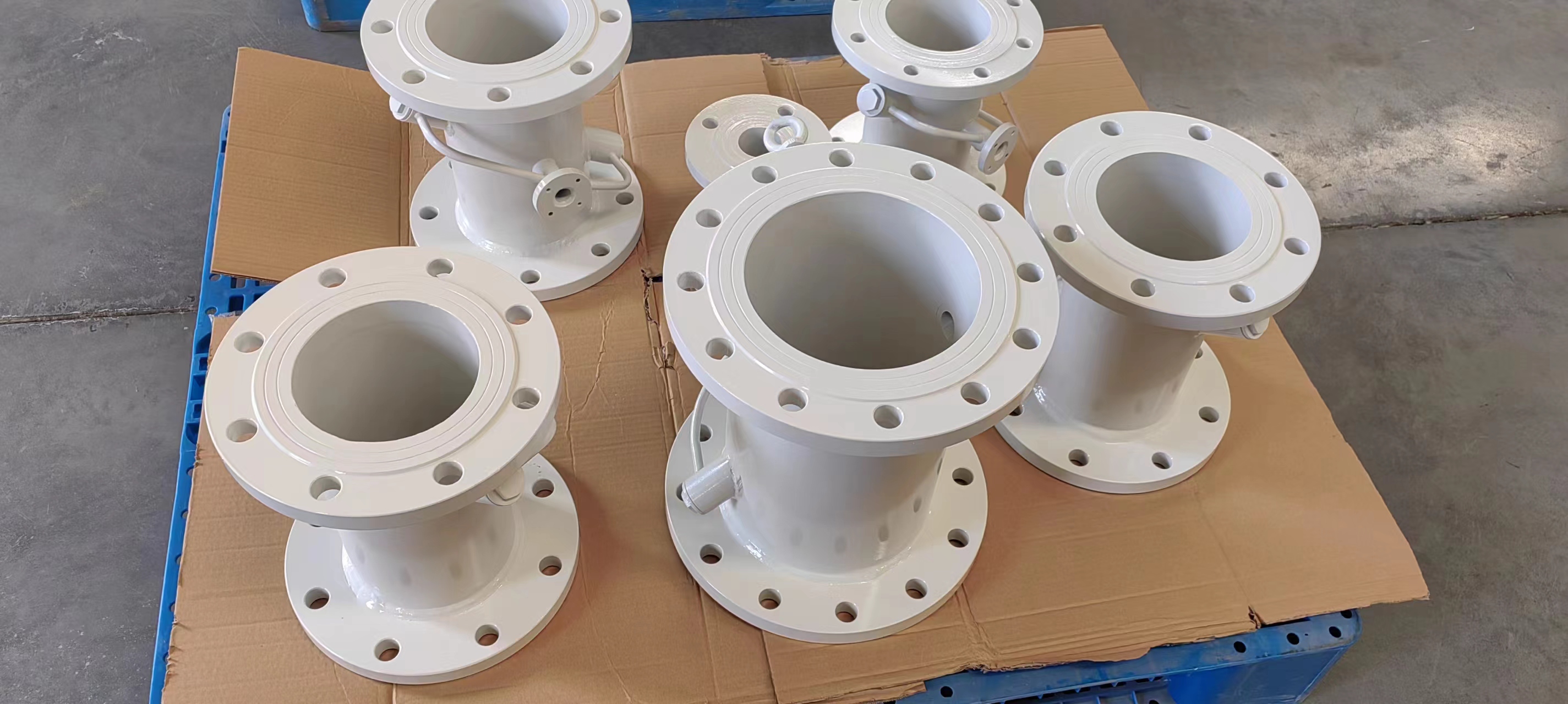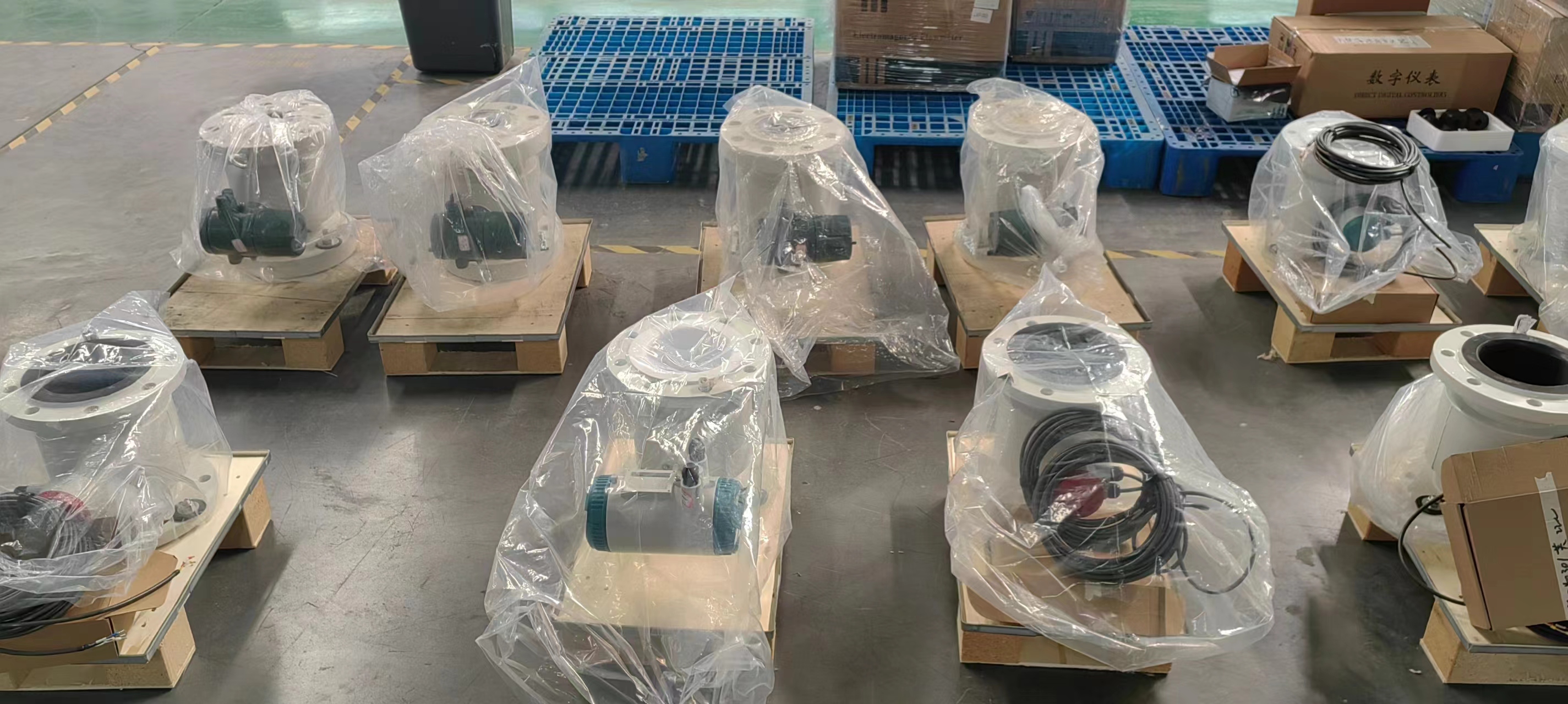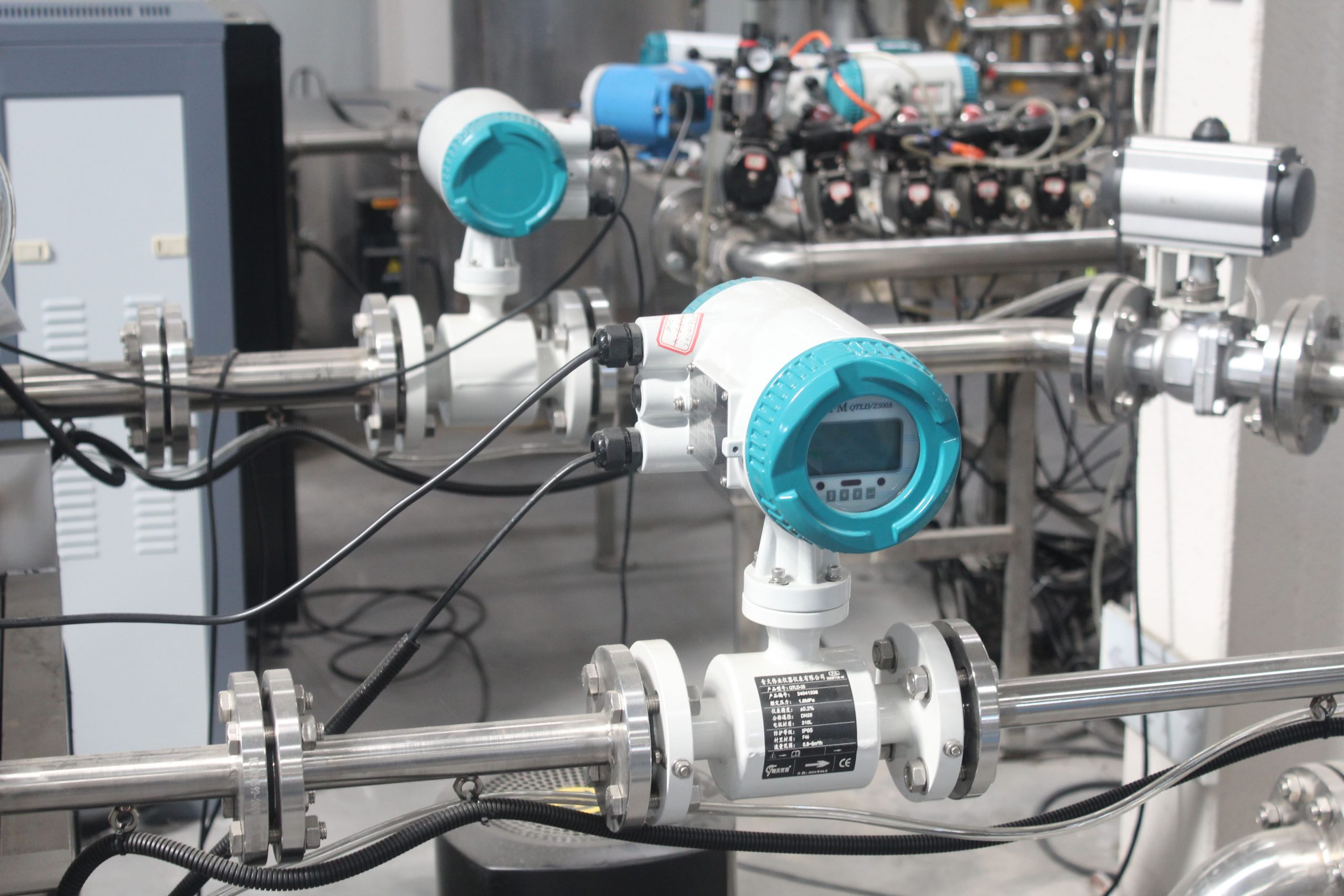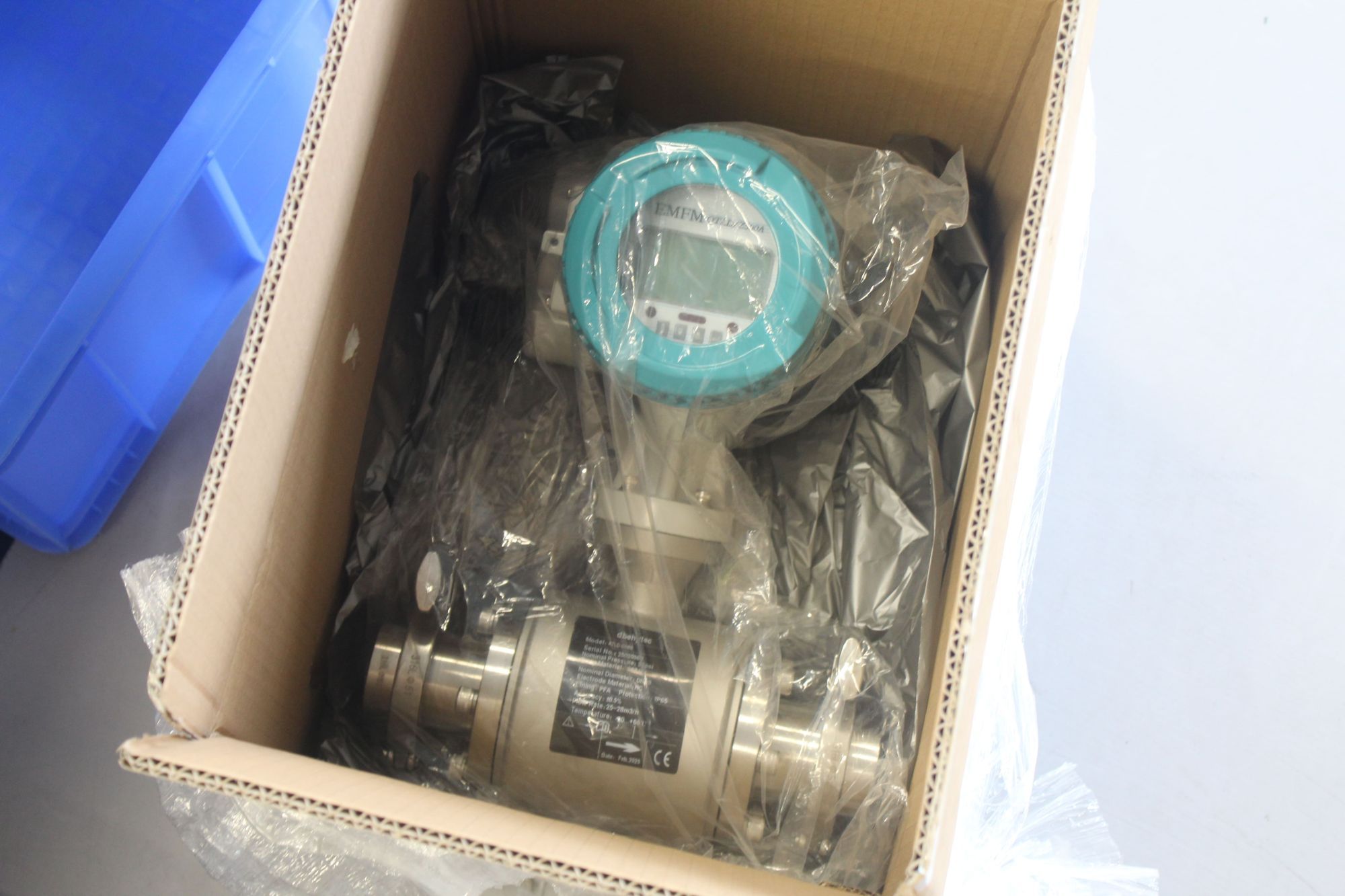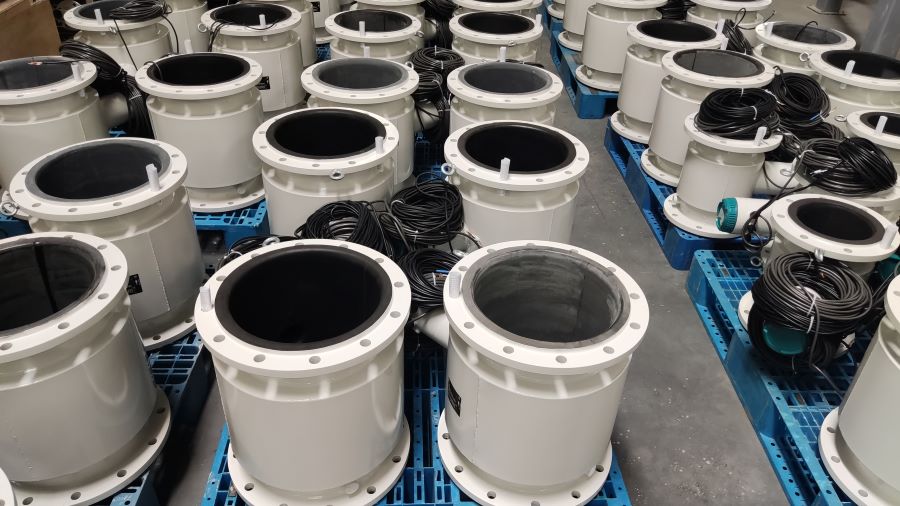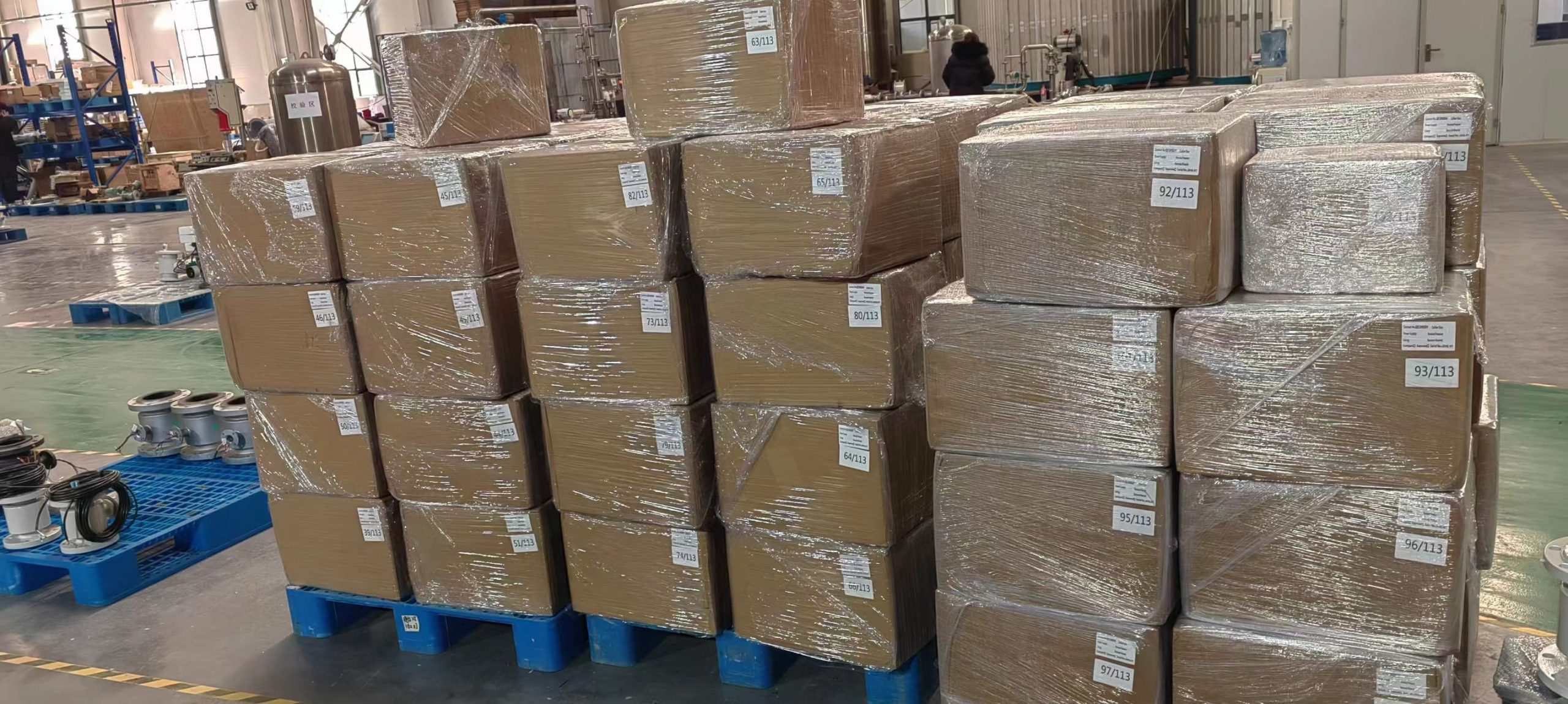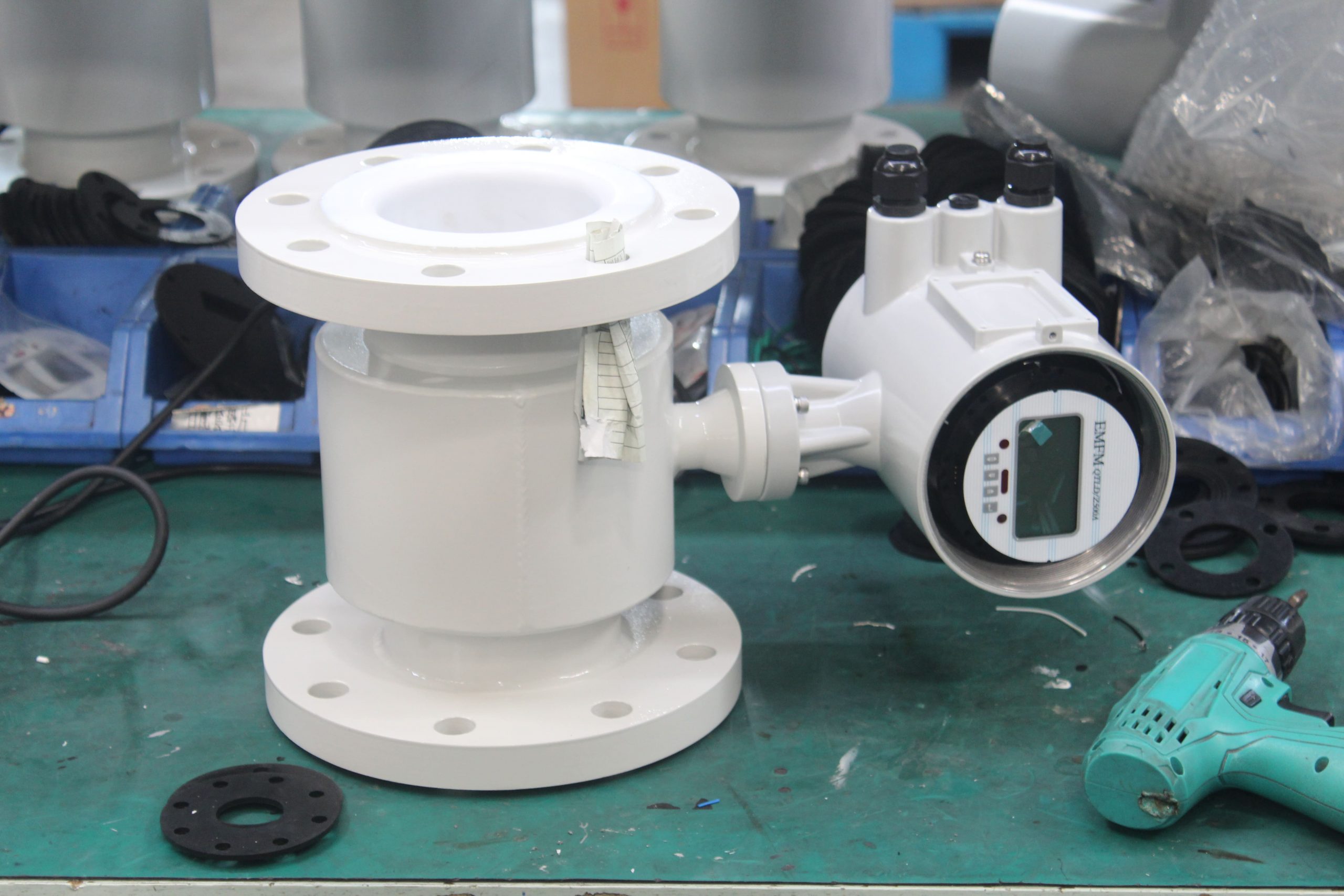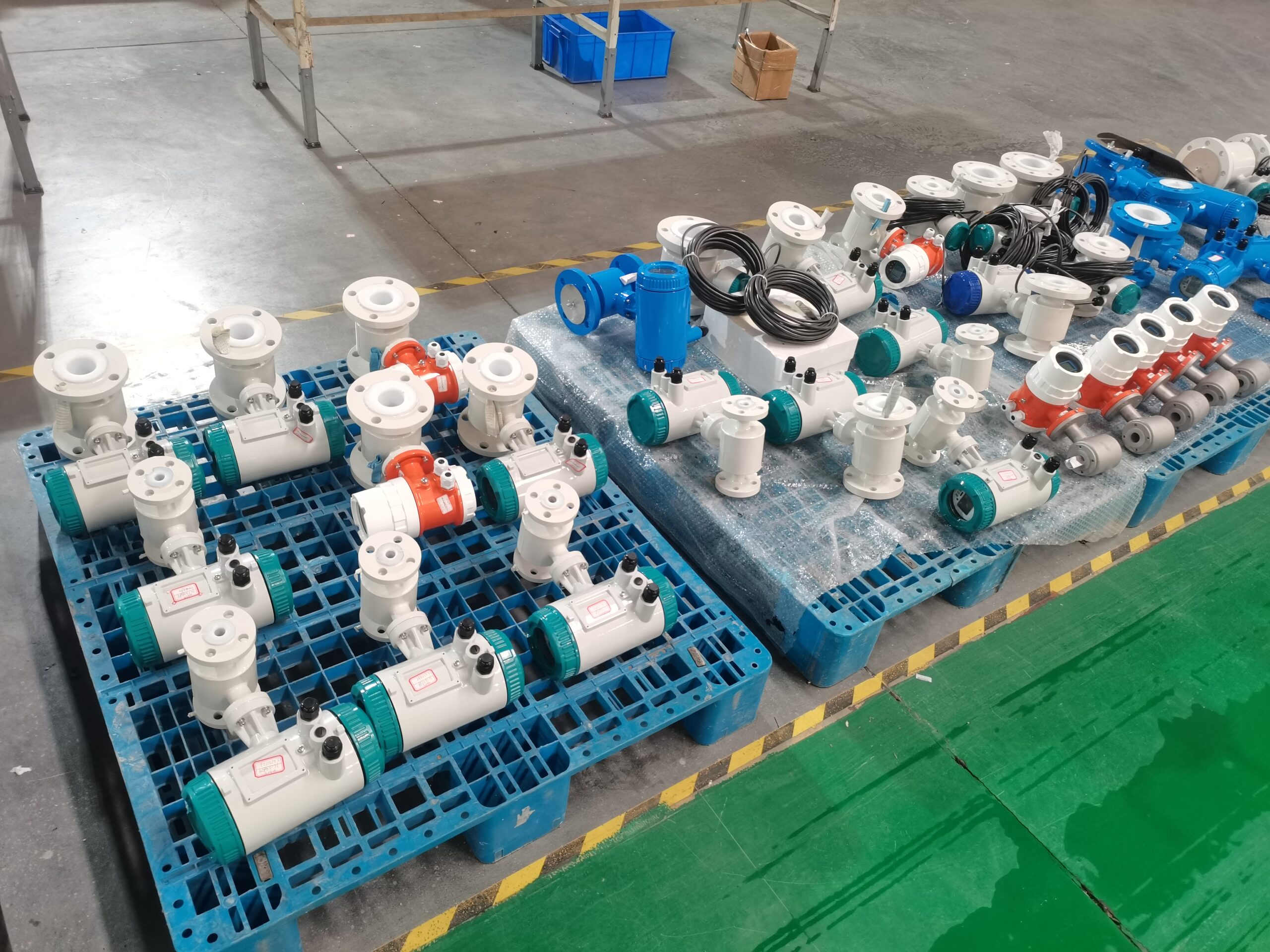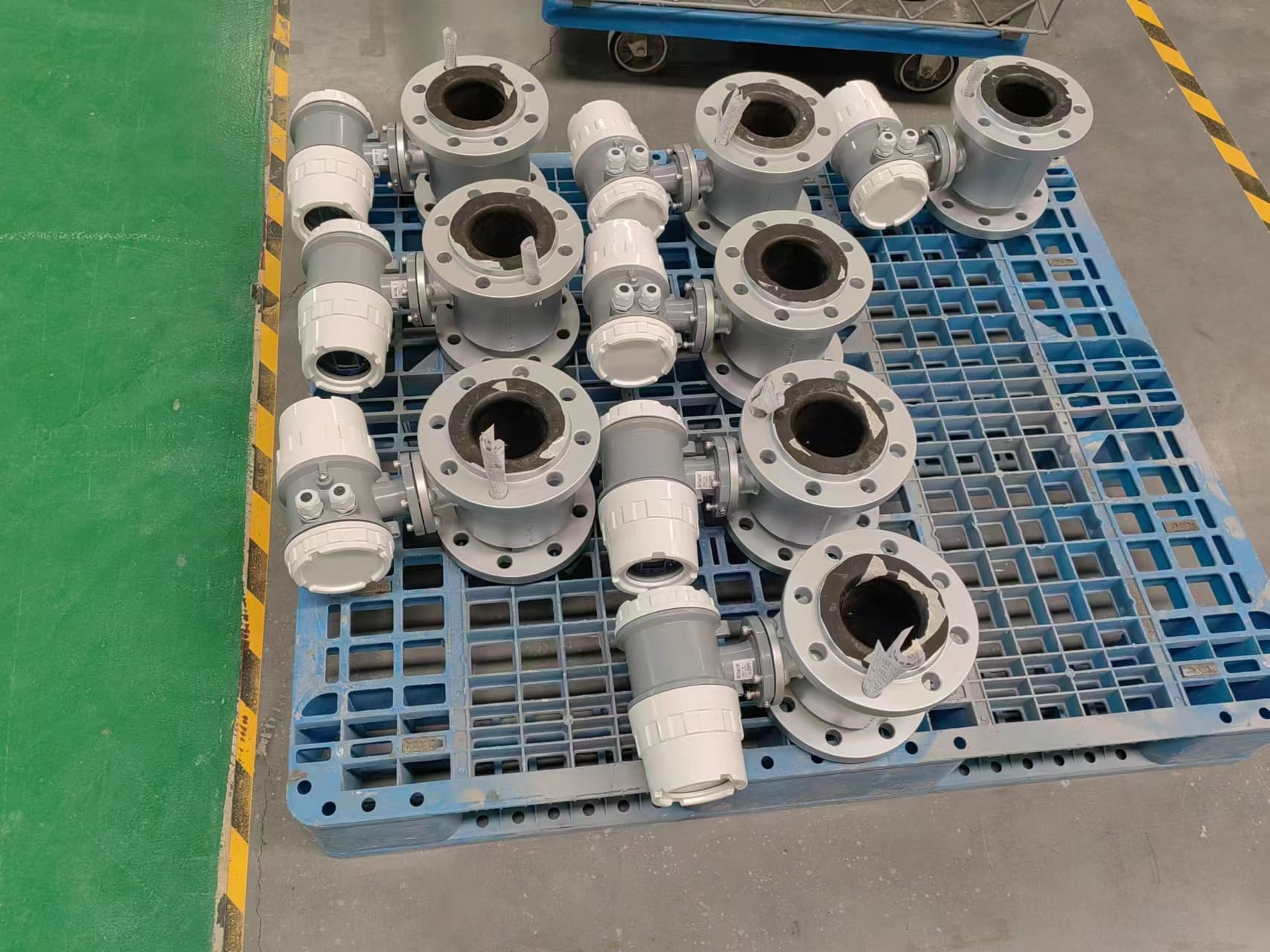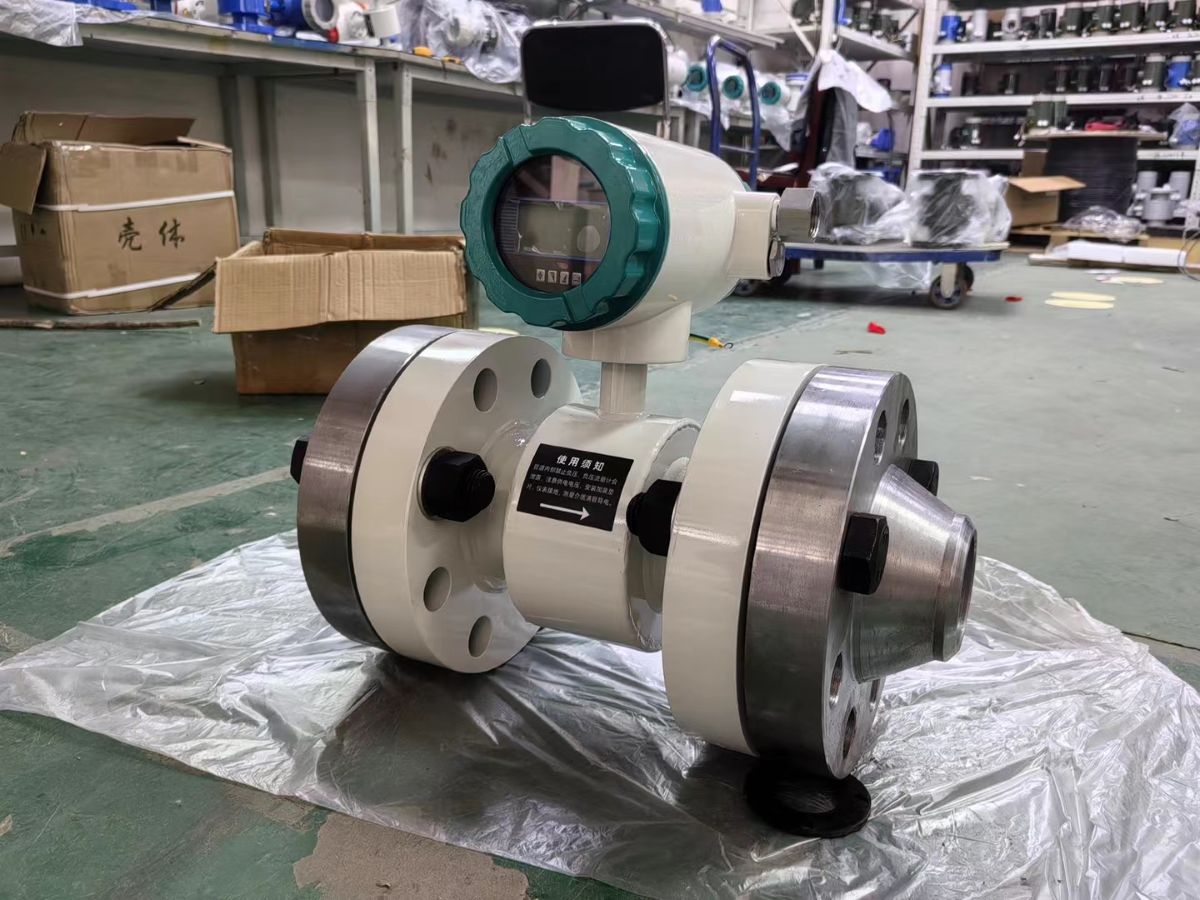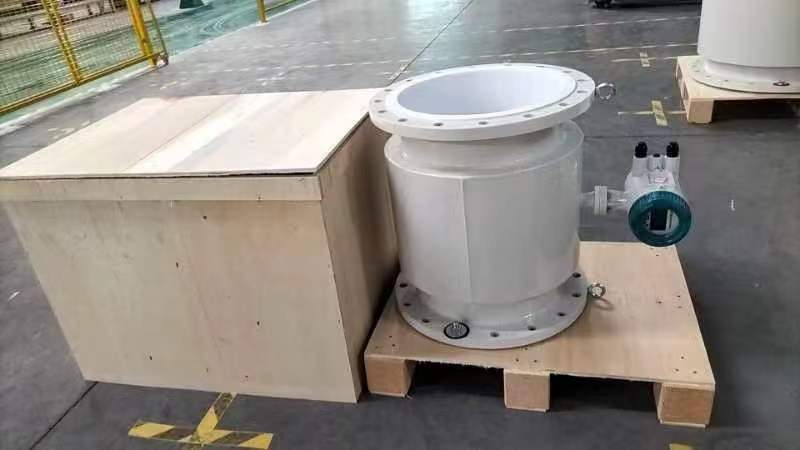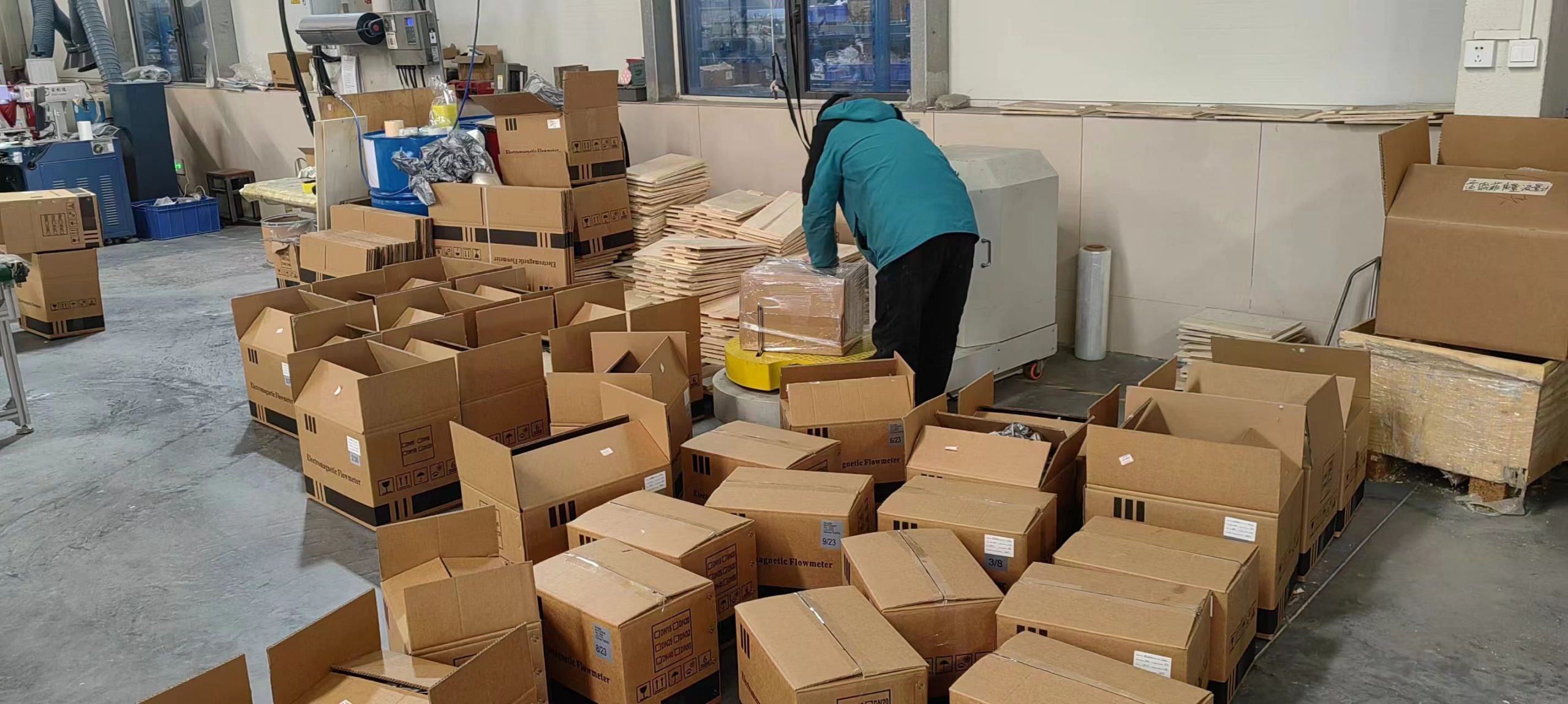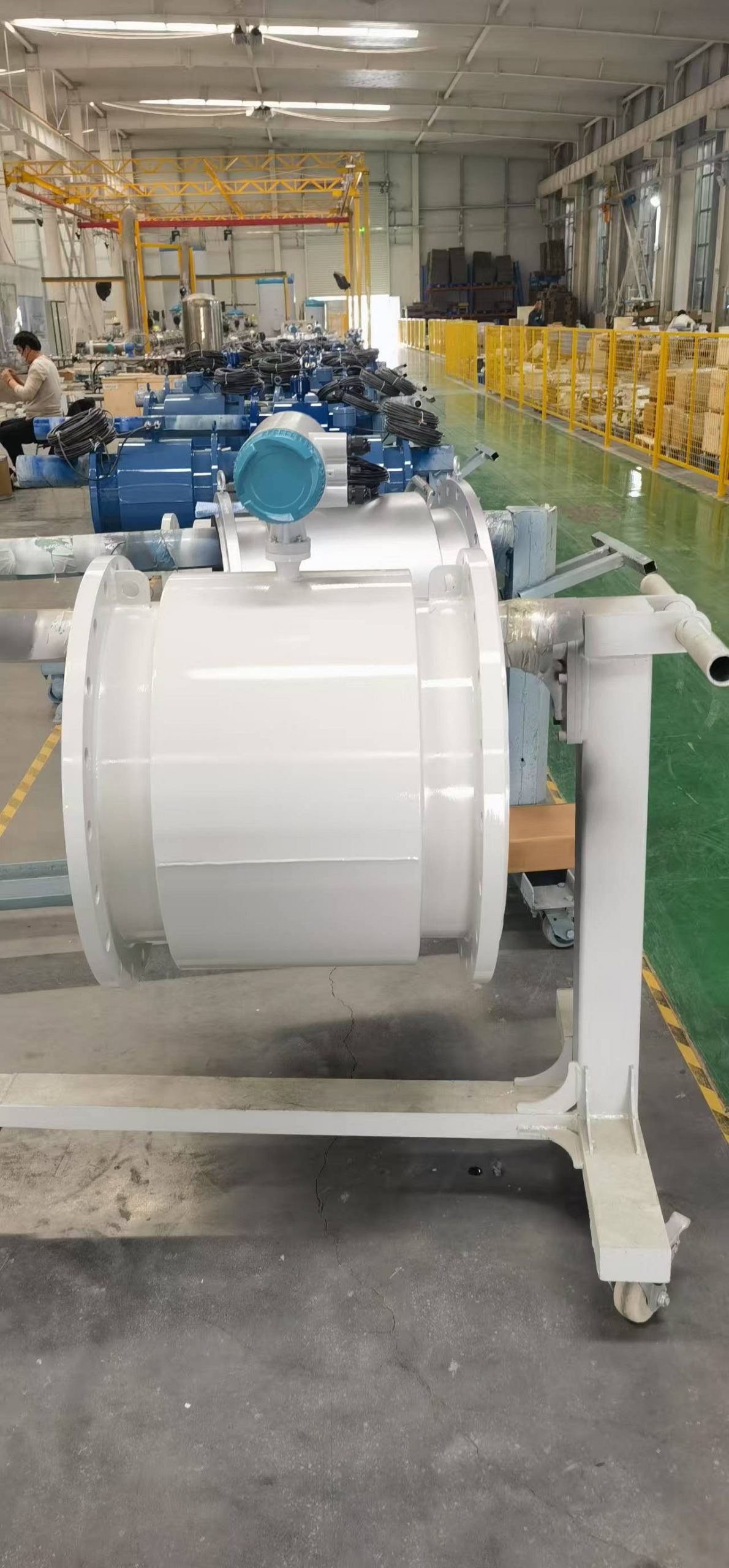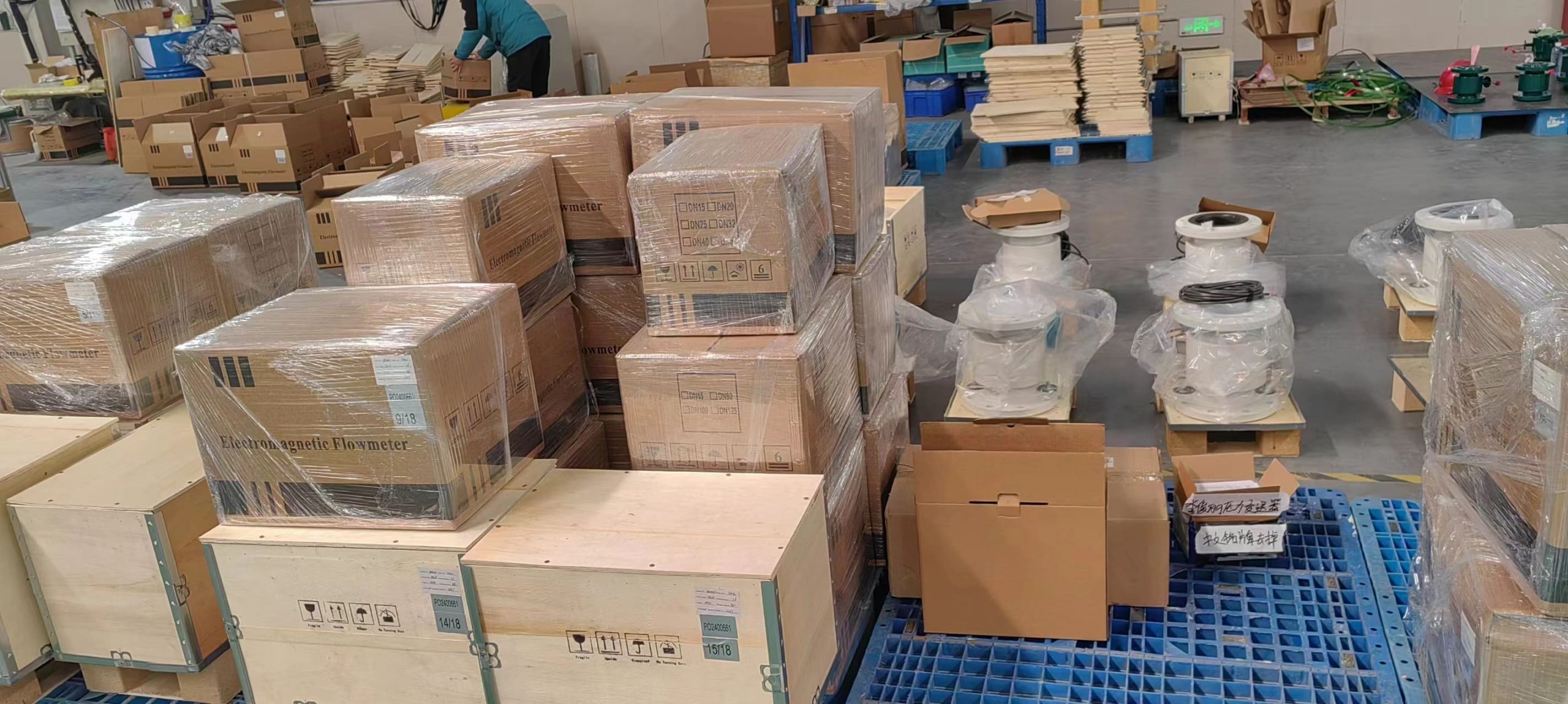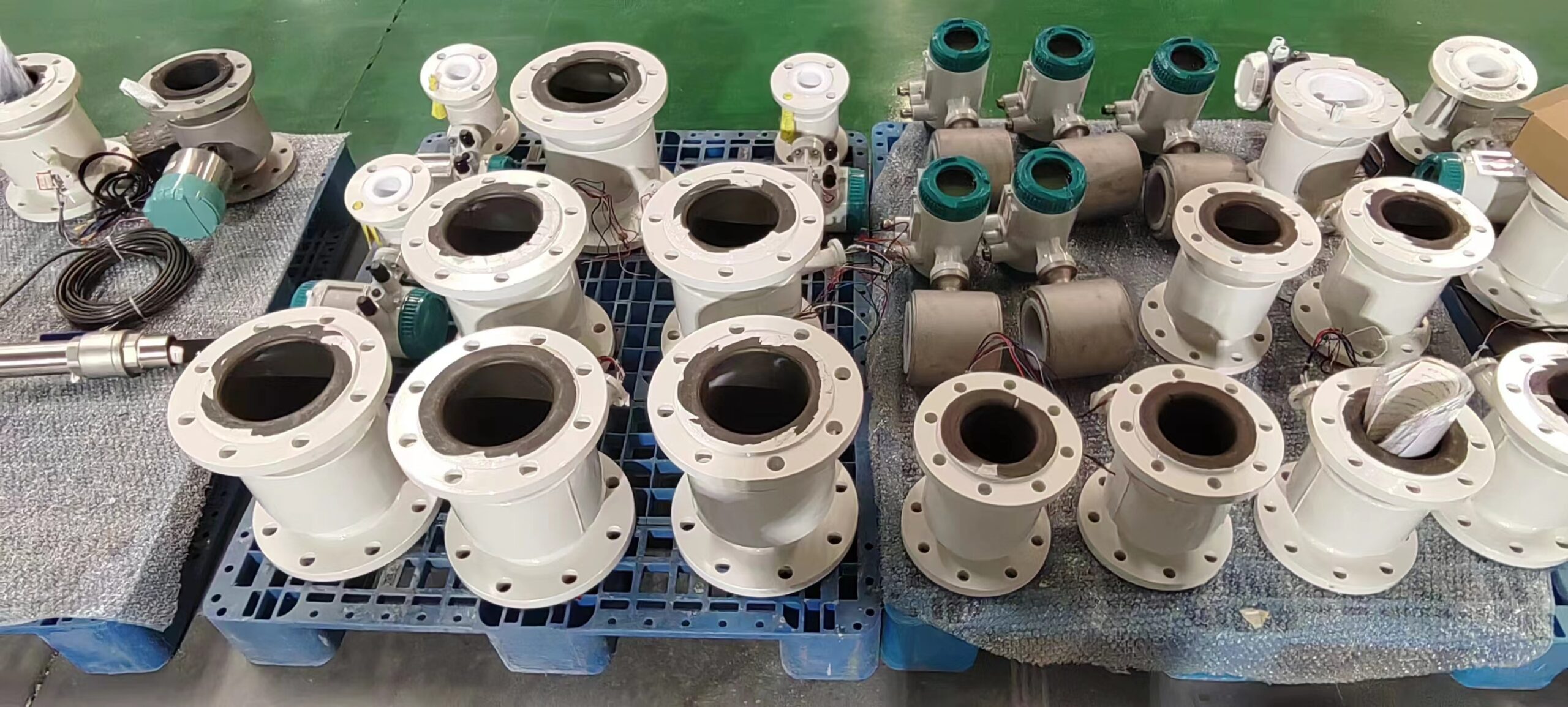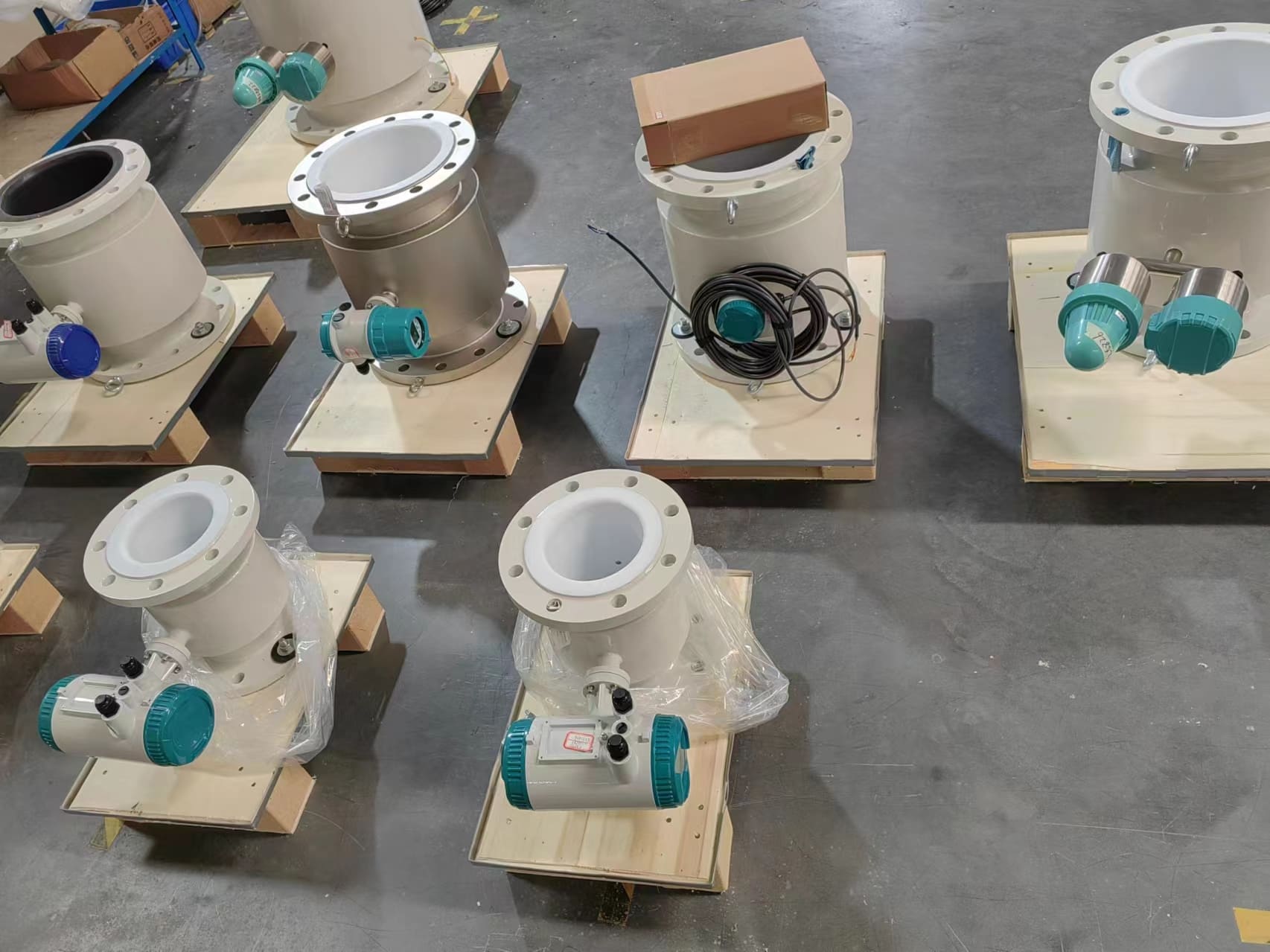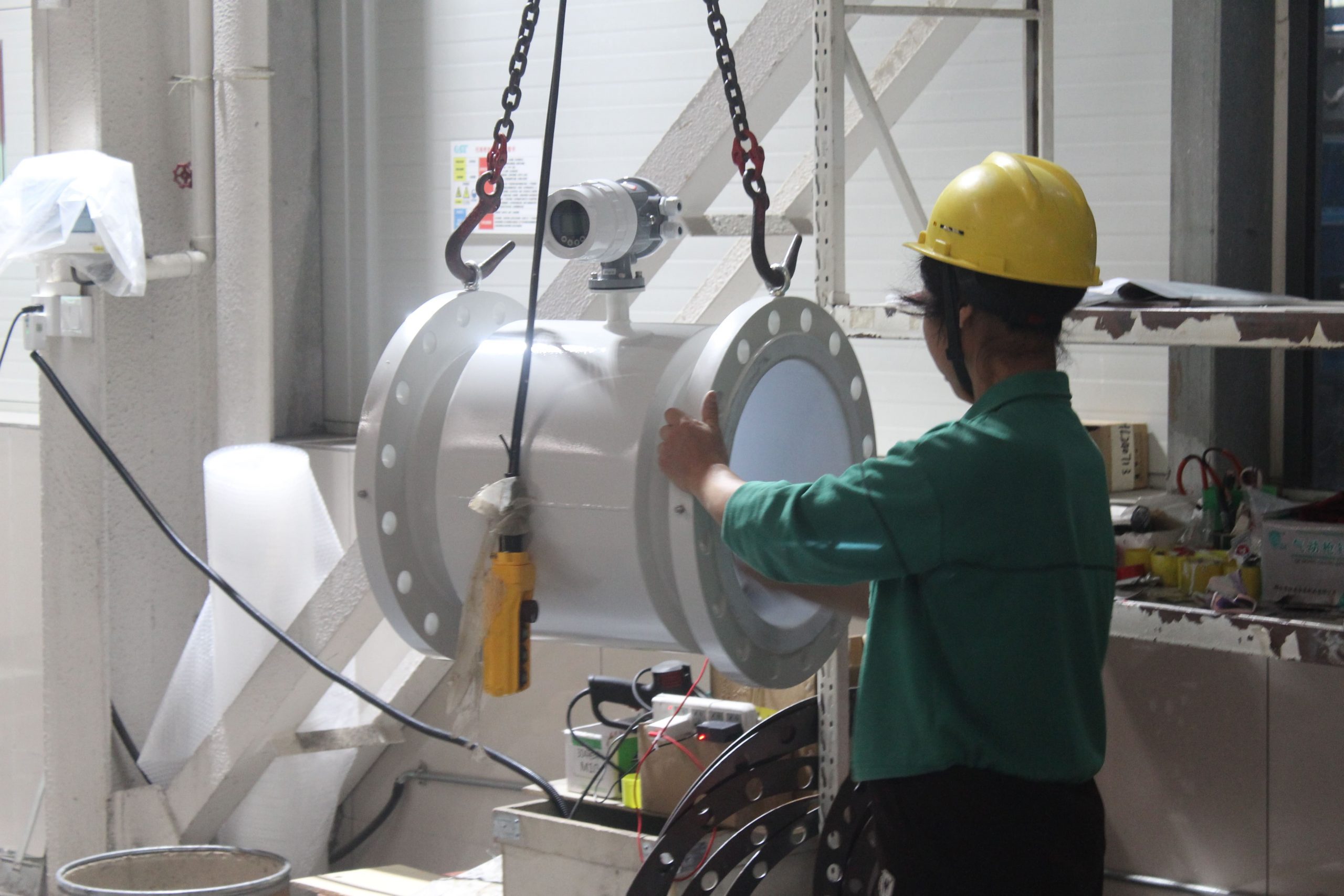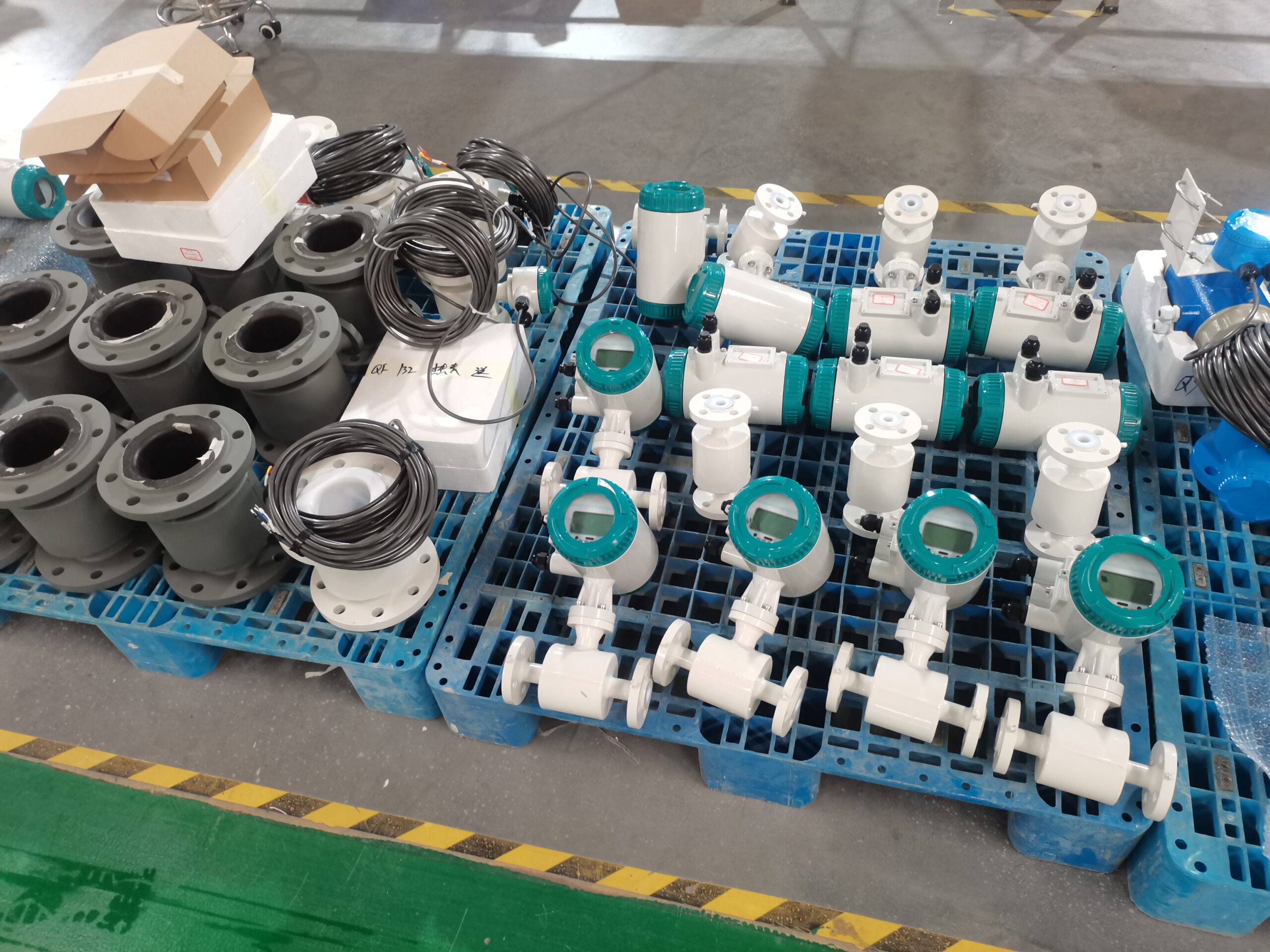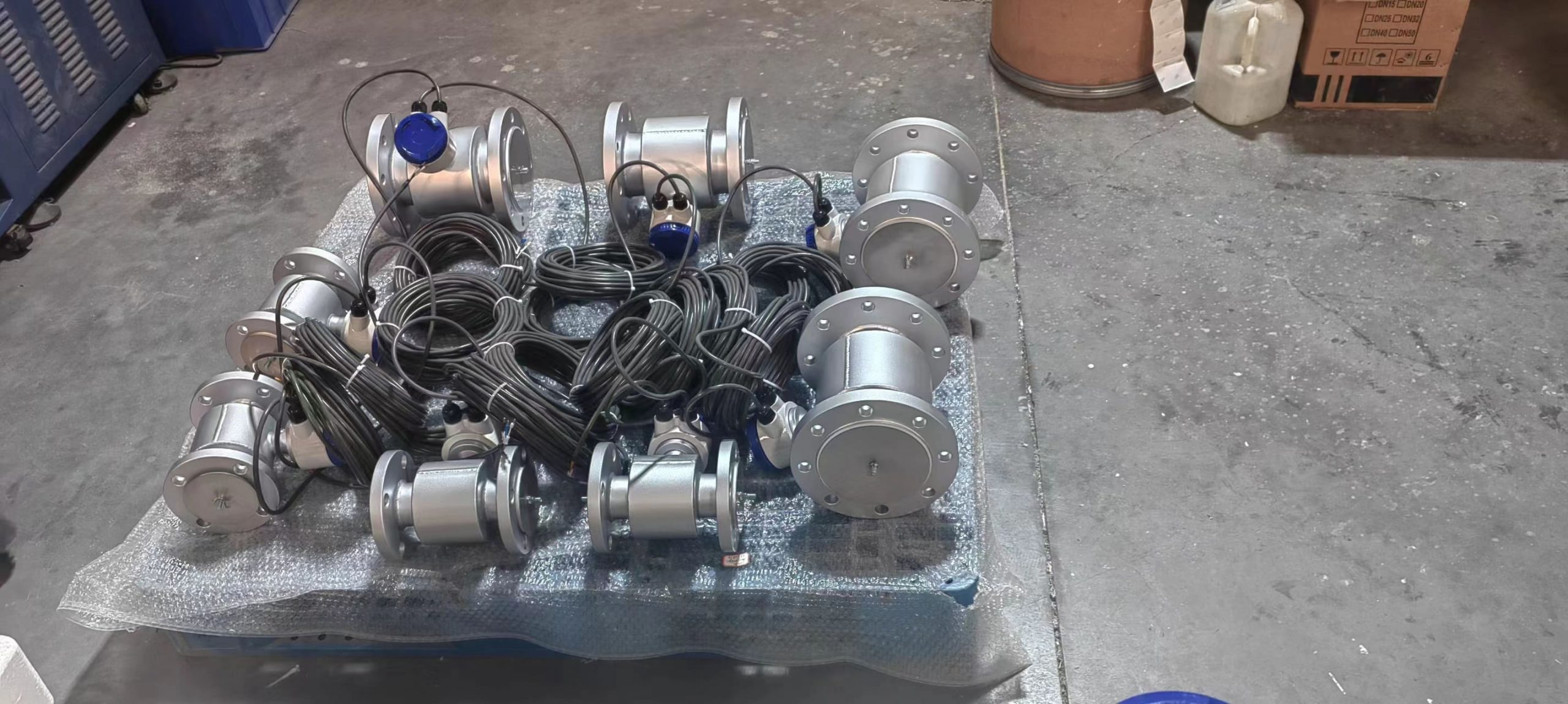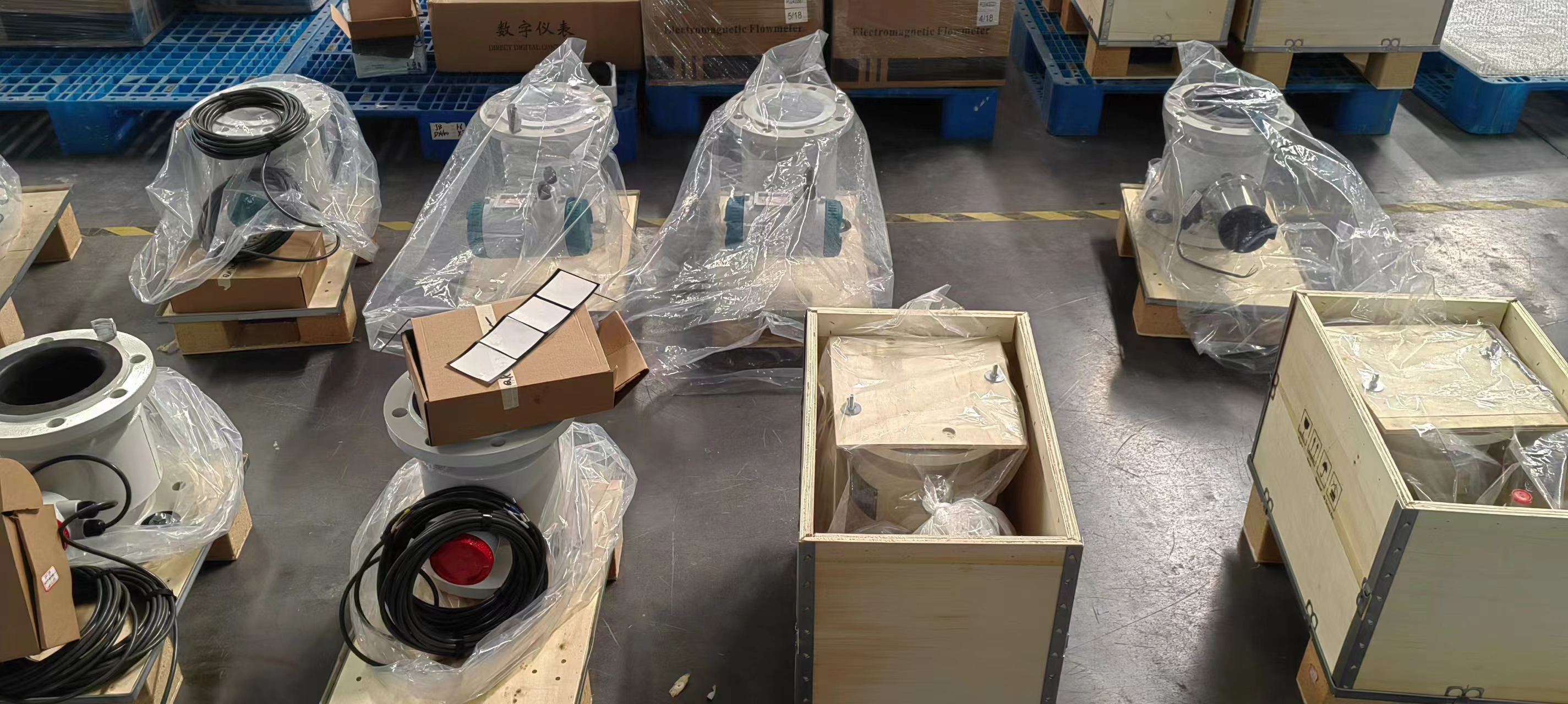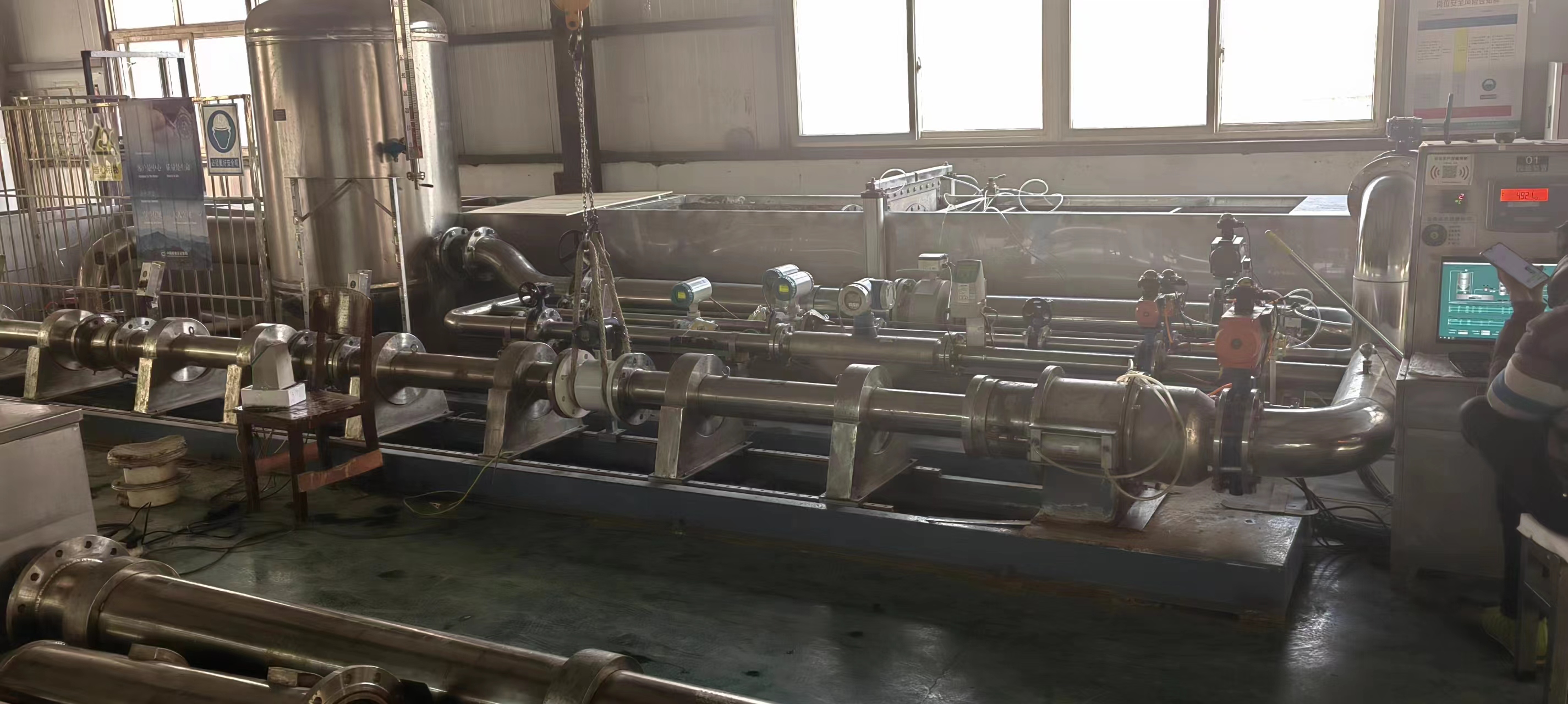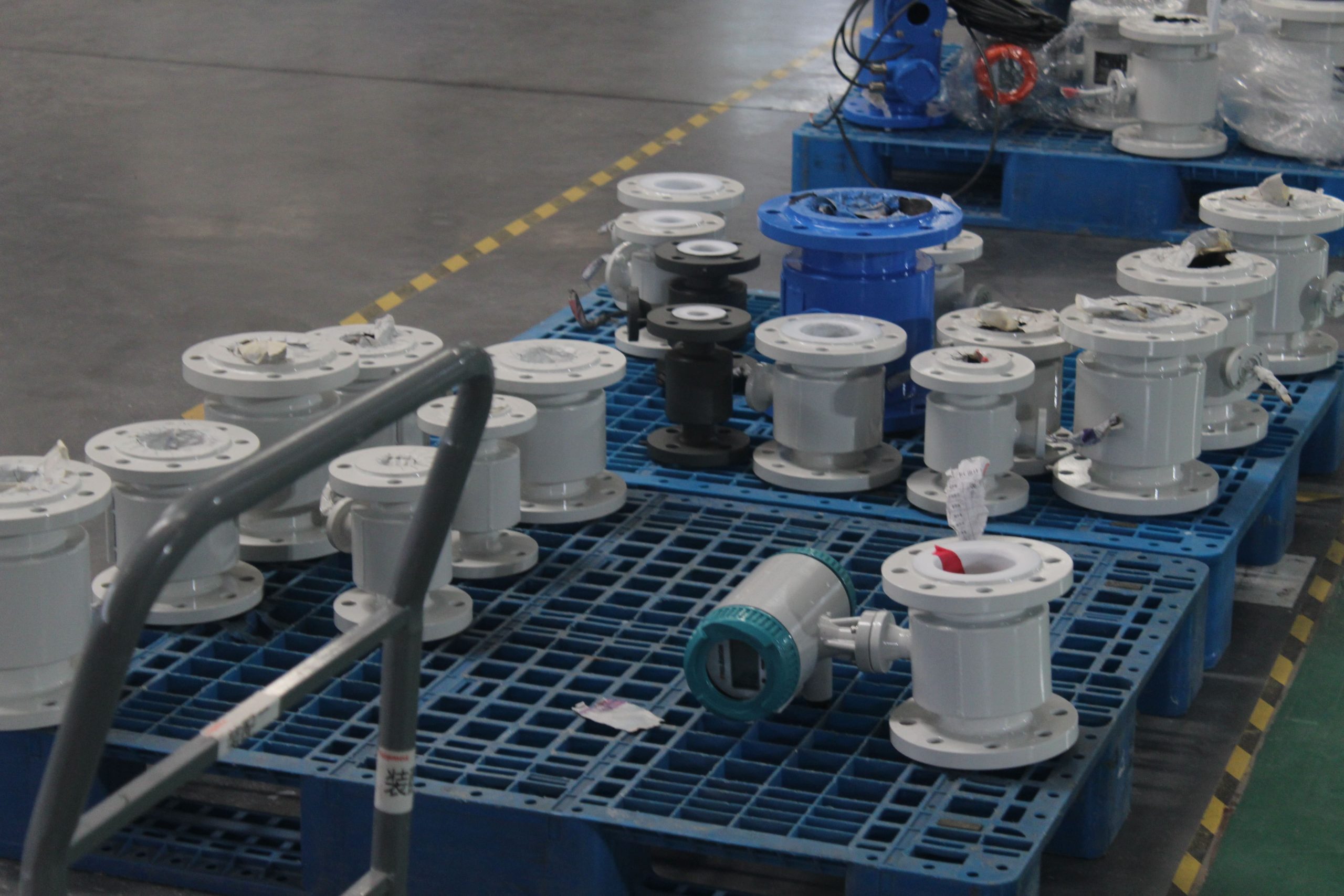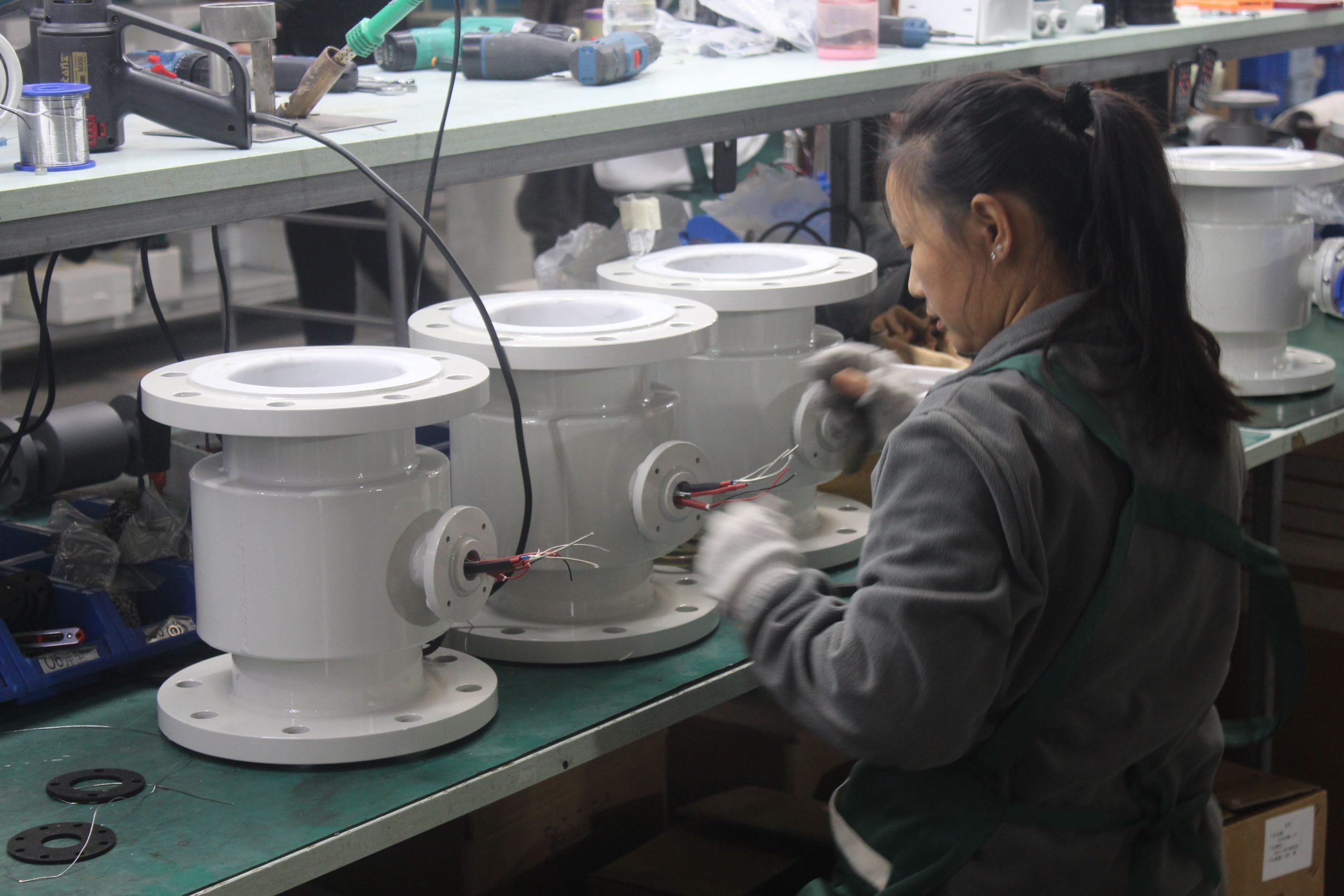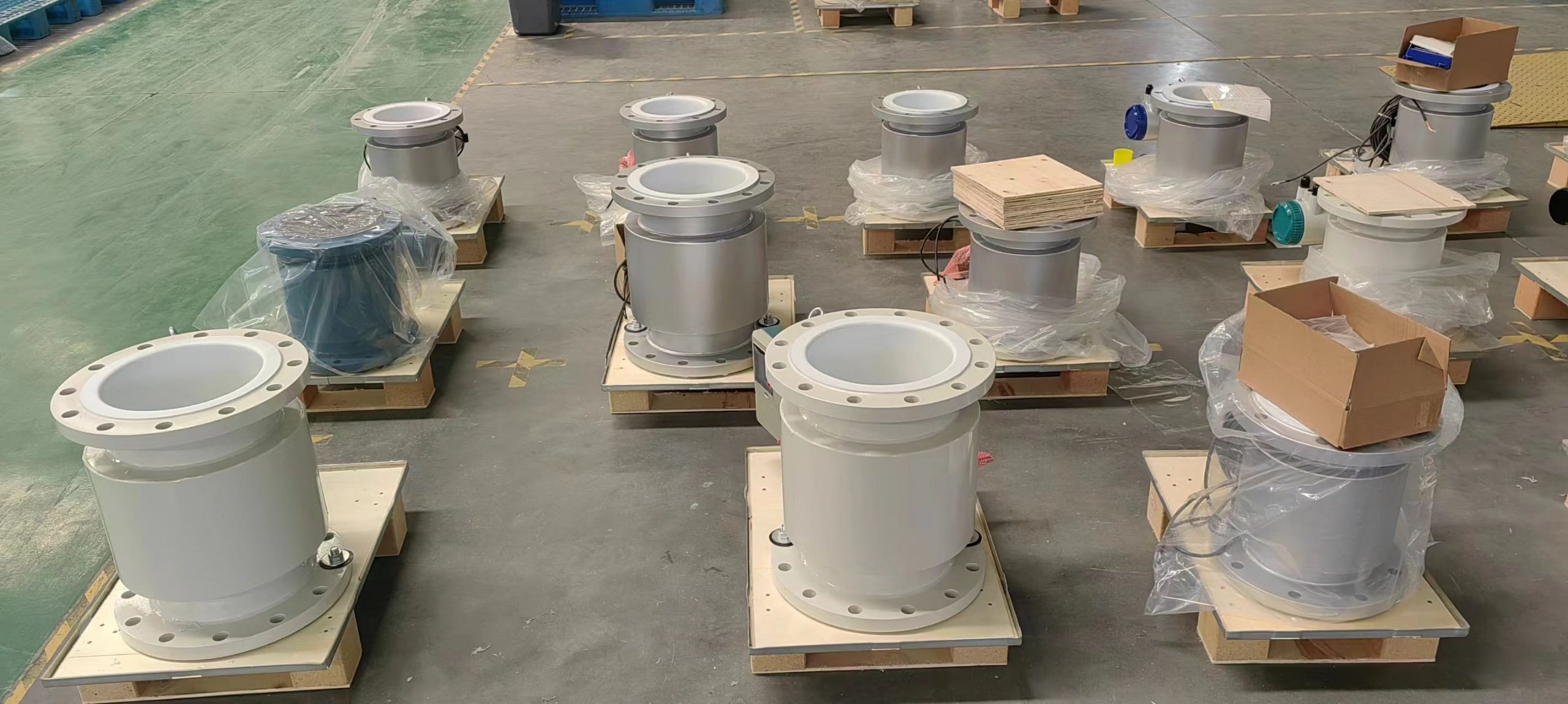Regarding the requirements of insertable electromagnetic flowmeters for the external environment
The plug-in electromagnetic flowmeter is an instrument for measuring conductive liquids, which is made based on Faraday’s law of electromagnetic induction. This type of instrument, due to its simple structure, light weight, easy installation and low maintenance, is used to measure the volume flow of non-corrosive (water supply and drainage) conductive liquids in closed pipelines.
The requirements of insertable electromagnetic flowmeters for the external environment:
It should be avoided to be installed in places with large temperature variations or exposed to high-temperature radiation from equipment. If installation is necessary, measures for heat insulation and ventilation must be taken.
2. It should be installed indoors. If it must be installed outdoors, it should be protected from rain, water accumulation, flooding and direct sunlight. Moisture-proof and sun-proof measures must be taken.
3. Installation should be avoided in environments containing corrosive gases. If installation is necessary, ventilation measures must be taken.
4. To facilitate installation, maintenance and upkeep, there should be sufficient installation space around the flowmeter.
5. The installation site should avoid magnetic fields and strong vibration sources. If the pipeline vibrates greatly, there should be supports for fixing the pipeline on both sides of the flowmeter.
Installation and usage instructions for insertable Electromagnetic flowmeter:
It can be installed either indoors or outdoors. If it is installed in a ground well and there is a possibility of water flooding, submersible sensors or transmitters should be selected.
2. It can be installed horizontally, vertically or at an Angle on the pipeline, but when measuring liquid, the pipeline must be filled with liquid. Therefore, when installing vortex flowmeters on vertical or inclined pipelines, the flow direction of the liquid should be from bottom to top.
3. Long straight pipe sections should be left on both the upstream and downstream sides. The lengths of the straight pipe sections in the upstream and downstream should vary according to the different conditions of the pipeline. The installation of control valves or half-open valves upstream should be avoided as much as possible. The control valves or half-open valves should be installed 5D downstream of the flowmeter.
4. The inner diameter of the installed pipe must be consistent with that of the flowmeter; otherwise, the pipe must be reduced in diameter.
5. When designing pipeline installation, space should be left at the upper end of the sensor or transmitter amplifier to facilitate debugging and maintenance.

